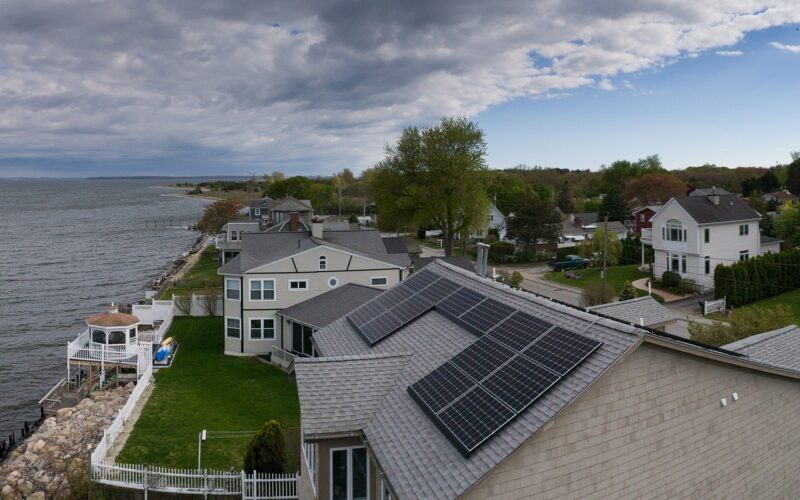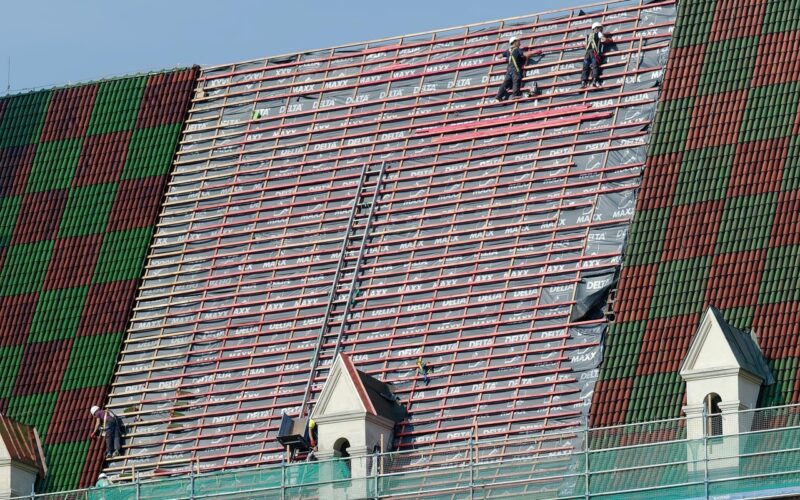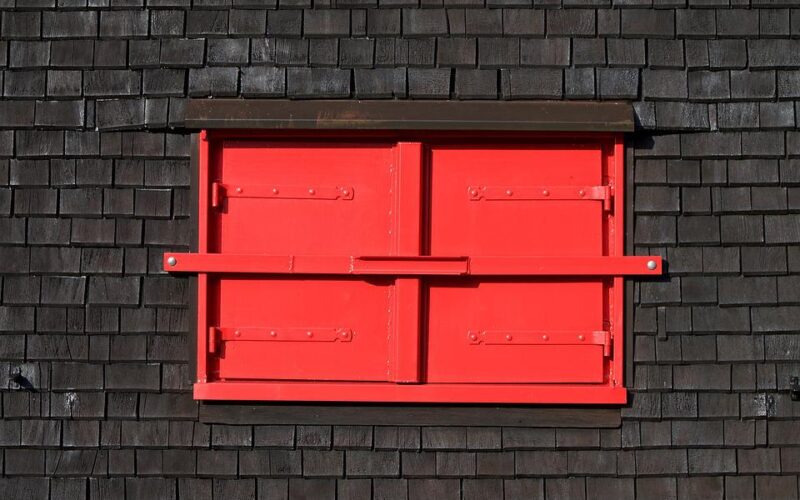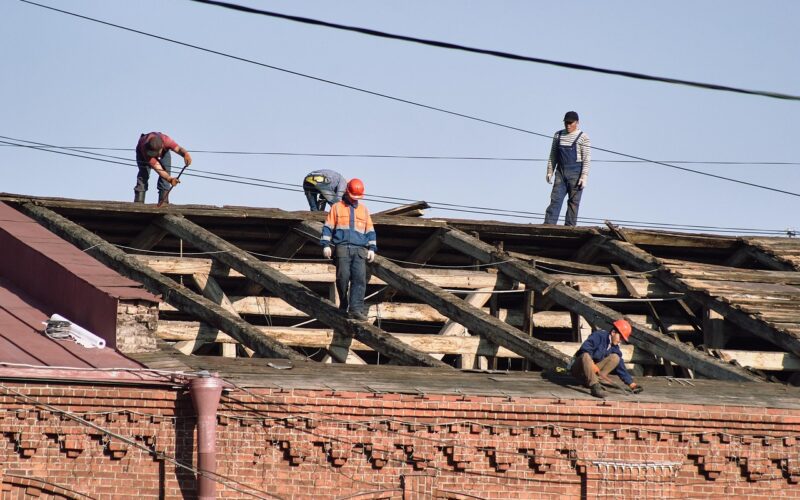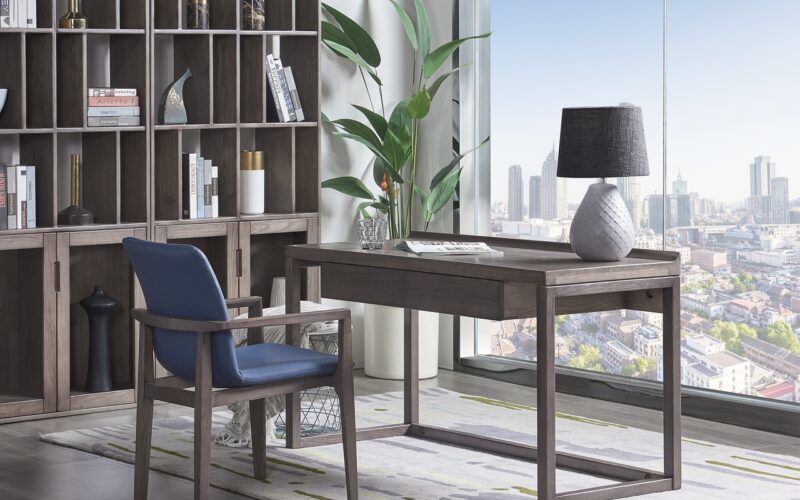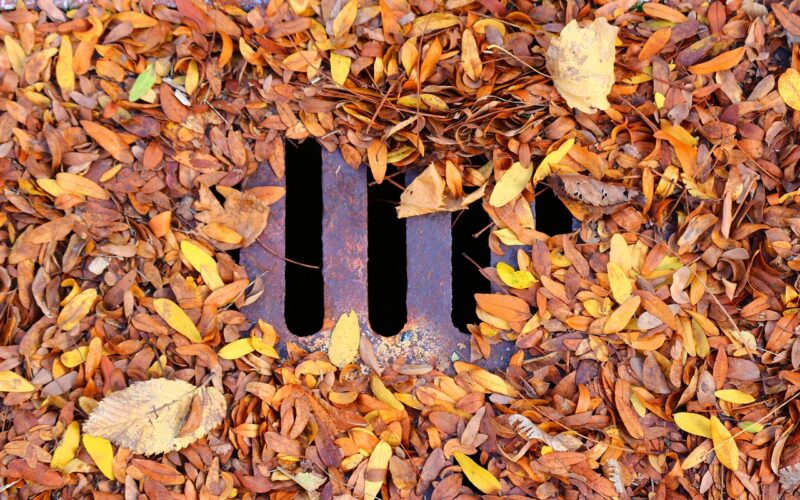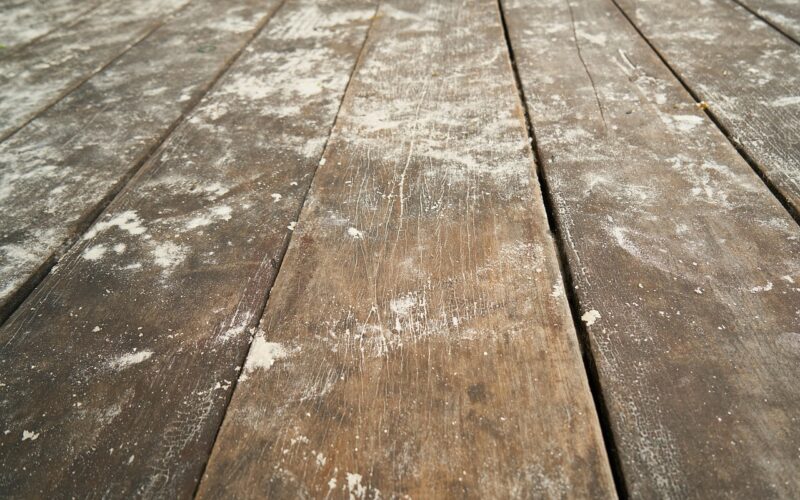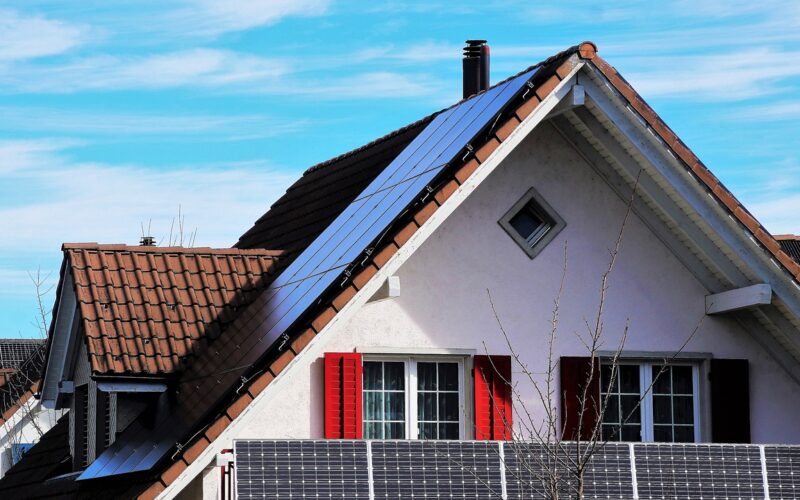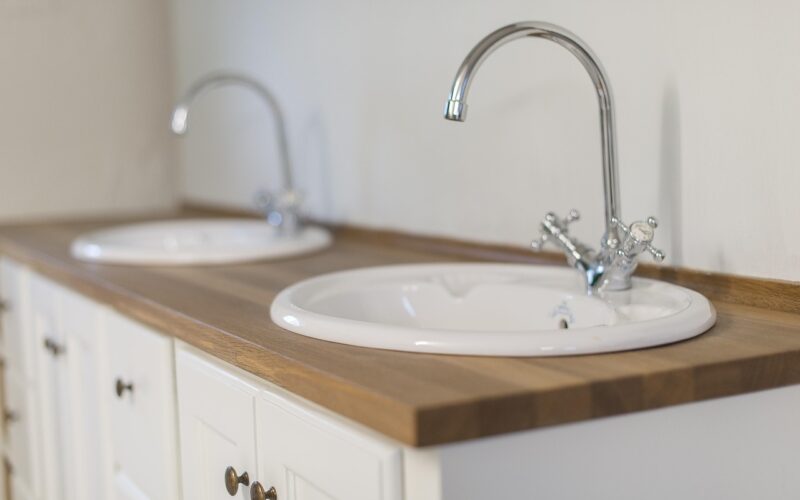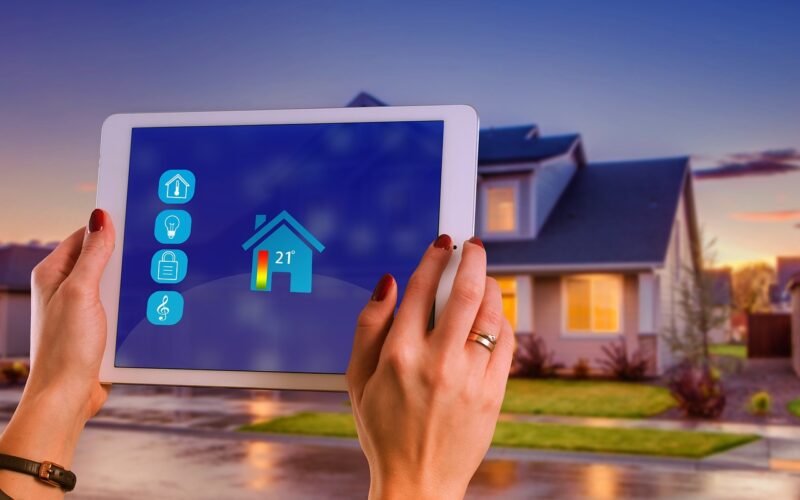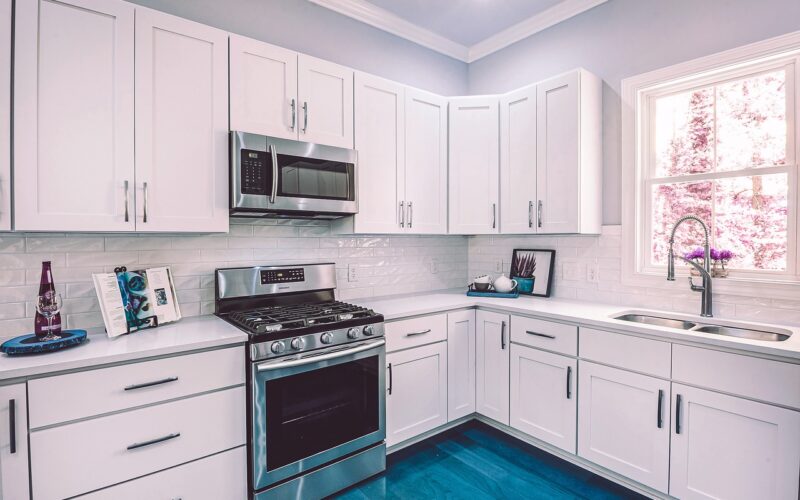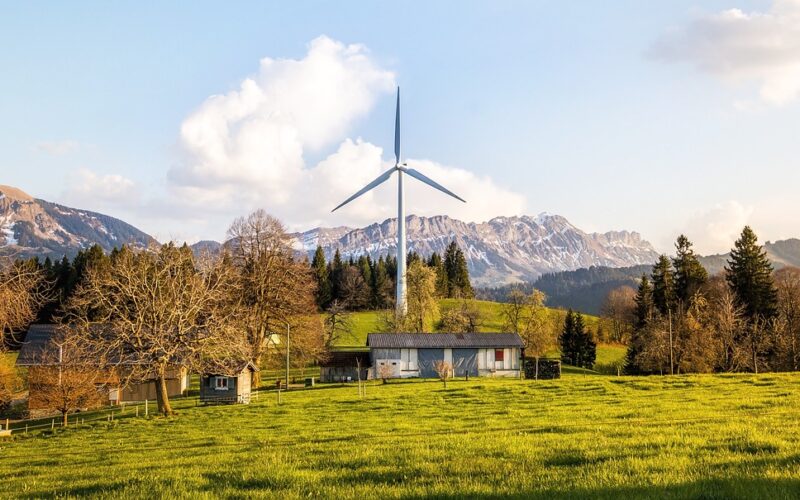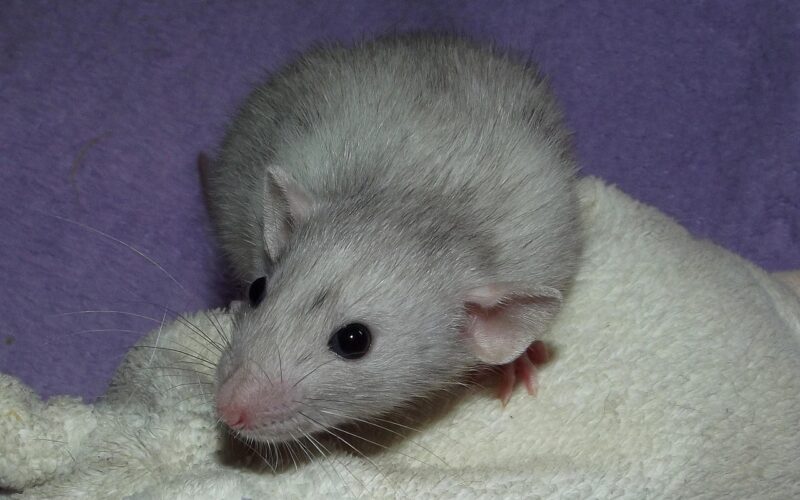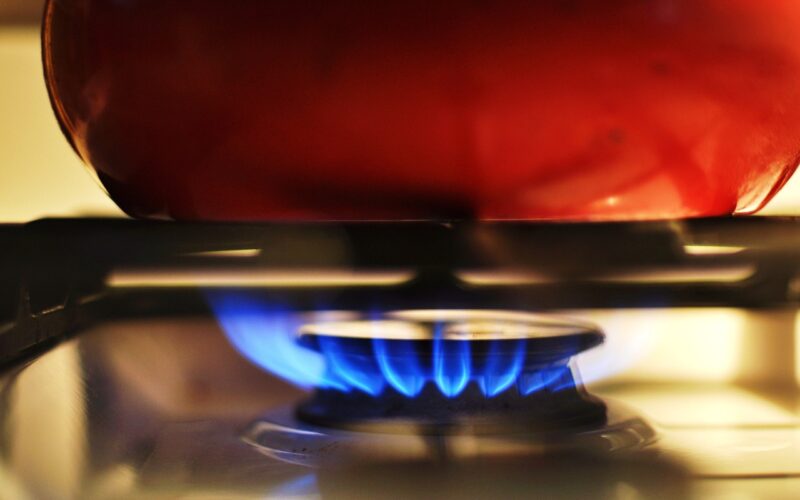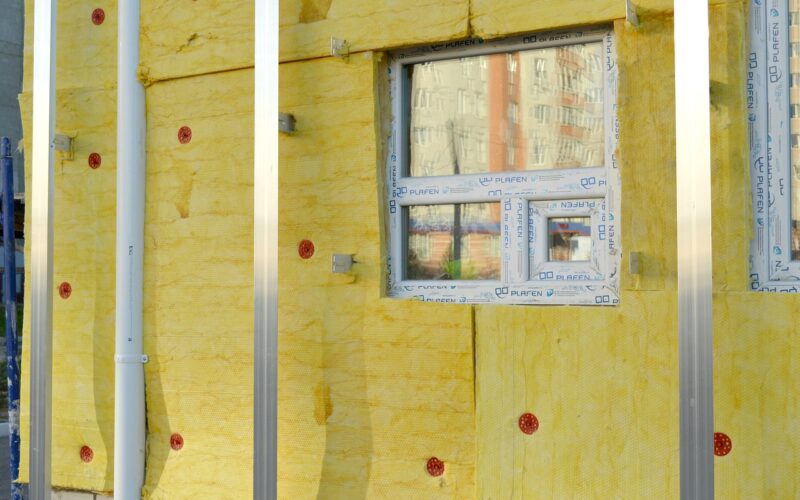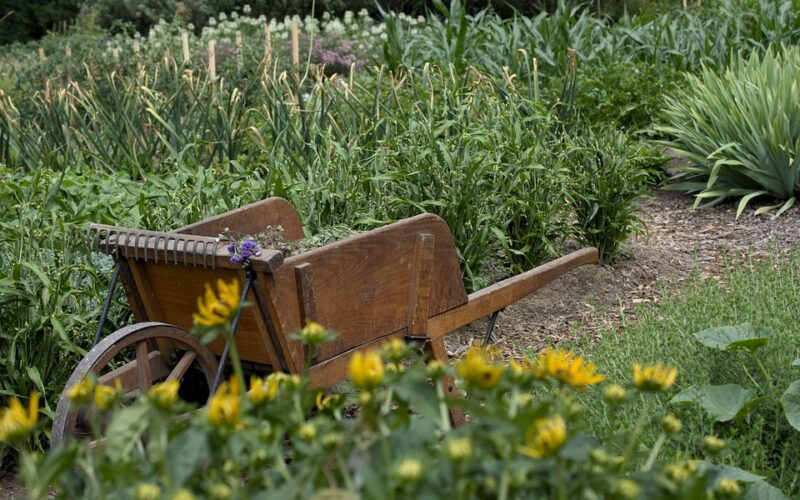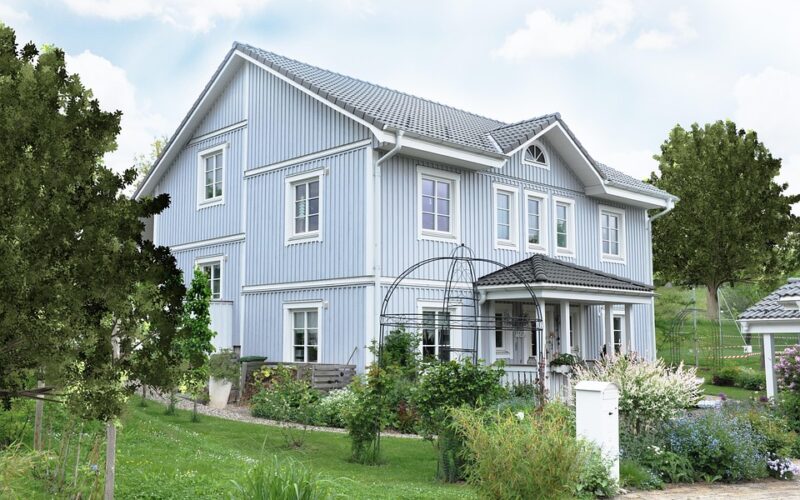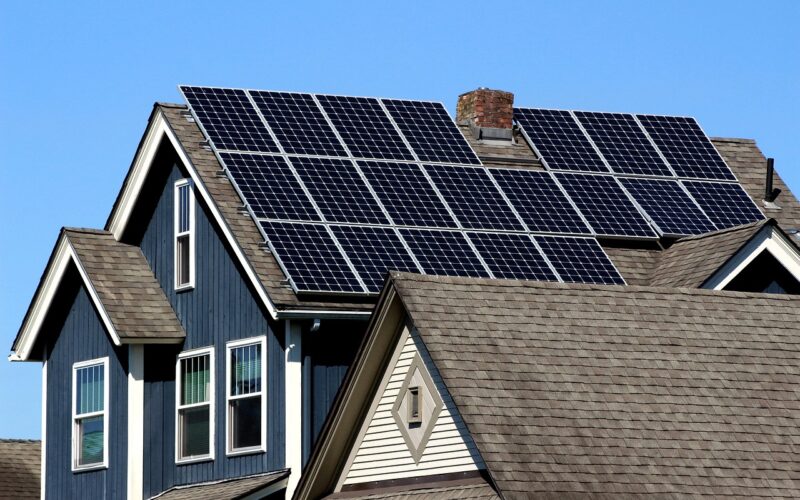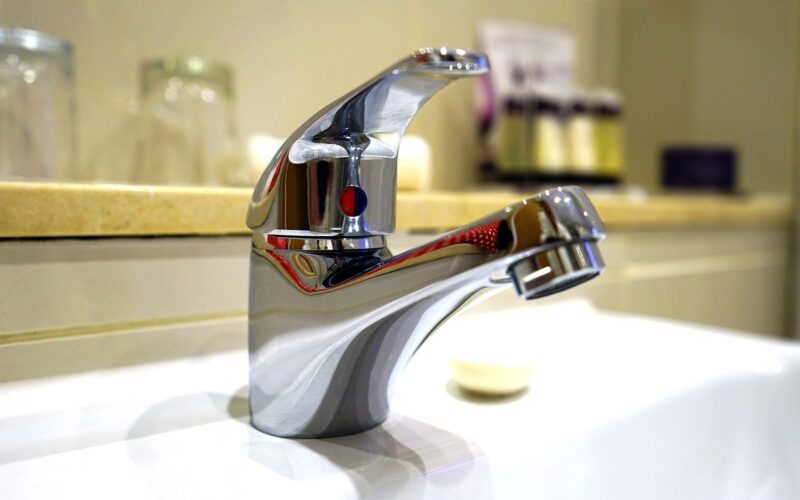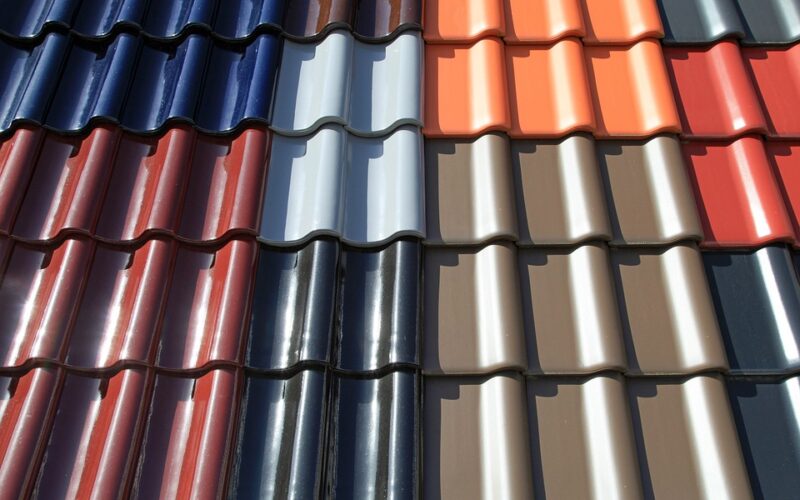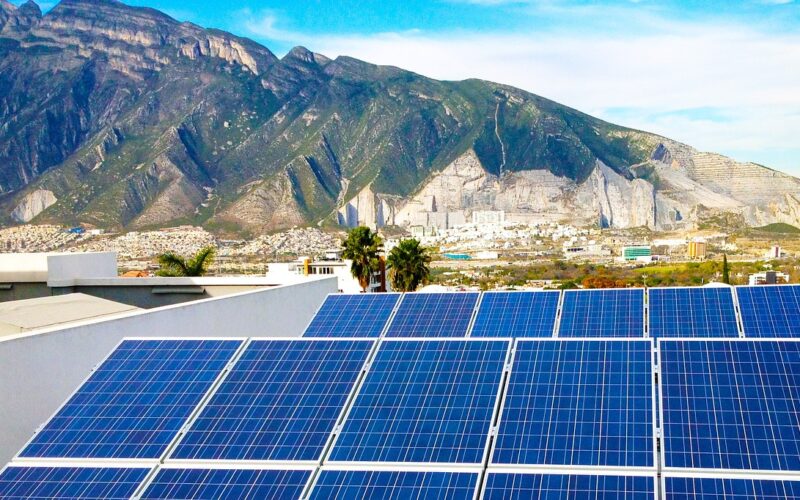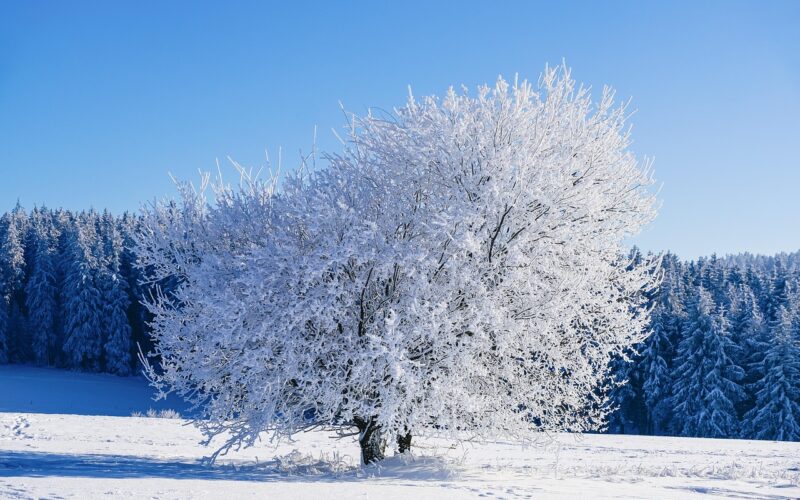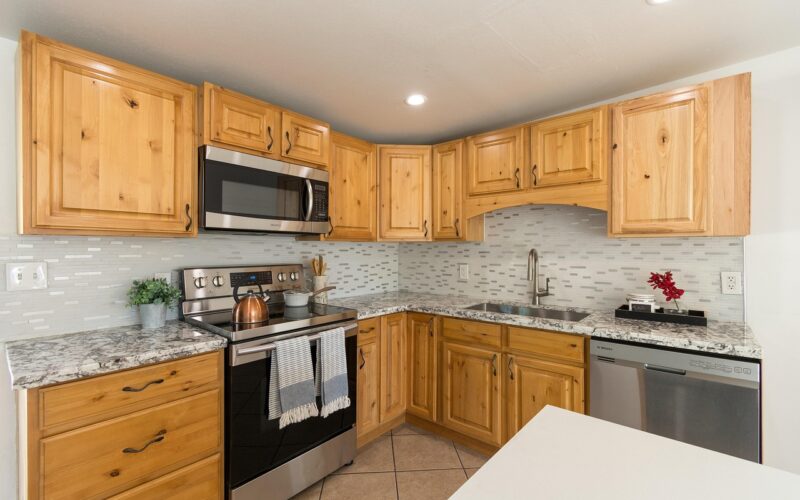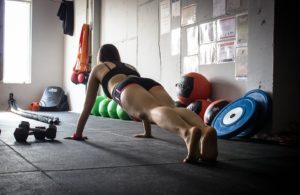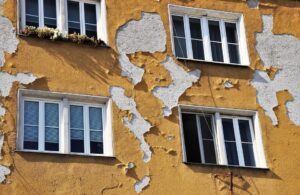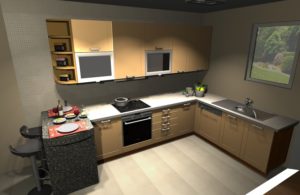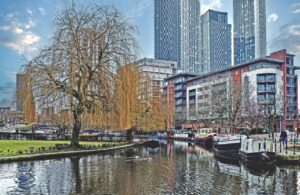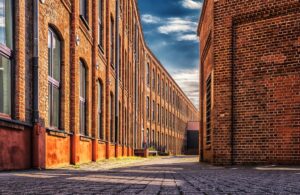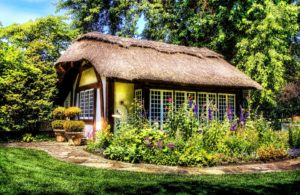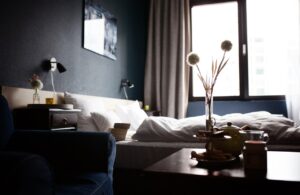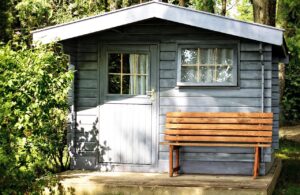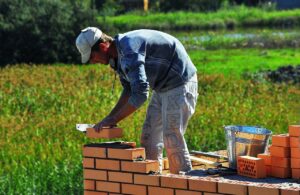When you hear the term "passive house," you might envision a home that blends seamlessly with its environment – a sanctuary that not only offers comfort but epitomises energy efficiency and environmental stewardship. Passive house design is all about creating buildings that have a minimal ecological footprint whilst providing a high level of liveability.
The ethos of passive house design
At the heart of the passive house concept lies the commitment to sustainable living. These homes reduce energy consumption by up to 90% compared to standard builds. The driving philosophy of the passive house is efficient energy use, which translates to substantial savings on utility bills and a comfortable indoor environment year-round. A passive house is more than just a set of building standards; it's a conscious approach towards a healthier and more eco-friendly way of living.
The anatomy of a passive house
The passive house standard is rigorous, requiring meticulous attention to detail from the foundation to the roof. Key components include super-insulation, which ensures that the building envelope maintains stable internal temperatures, and high-quality windows with triple glazing, which offer exceptional thermal performance. Airtight construction eliminates drafts and heat loss, making each passive house a fortress against energy waste.
Mastering ventilation and heat recovery
One might wonder how air quality is maintained in a structure so well-sealed. The answer is a state-of-the-art ventilation system equipped with a heat recovery unit. This system efficiently exchanges stale indoor air with fresh outdoor air, all while retaining most of the heat from the outgoing air. The result is a comfortable, fresh, and healthy indoor atmosphere without the energy losses associated with traditional heating and cooling systems.
Passive solar gain and shading
Harnessing the power of the sun plays a fundamental role in passive house design. Strategic placement of windows facilitates passive solar gain, heating the living space naturally. During warmer months, intelligent shading solutions prevent overheating, preserving the optimal indoor temperature. It's this careful balancing act that reduces the need for auxiliary heating and cooling, significantly diminishing the house's energy requirements.
Meeting the challenge of airtightness
The goal of achieving airtightness in a home can be daunting, given the potential for leaks throughout a building's envelope. Builders and designers must work closely to ensure that every seam, joint, and fixture in a passive house is sealed effectively. Blower door tests are commonly used to assess airtightness and identify any weak spots that need rectification, ensuring that energy performance targets are met.
Real-world examples and the future
Passive houses are more than just a theoretical concept; they are a reality that continues to gain momentum across the globe. From urban dwellings to rural retreats, examples of passive house projects illustrate the practical application of these principles in diverse climates and contexts. As the demand for sustainable and resilient buildings grows, the passive house stands as a beacon of hope and innovation for the future of construction.
Building a passive house is a multifaceted enterprise that requires dedication, precision, and a deep commitment to sustainability. These structures represent the pinnacle of energy-efficient design and offer a compelling template for future construction efforts. With the continued advancement of technologies and materials, the passive house model is poised to lead the way in eco-friendly and energy-conscious building practices.
